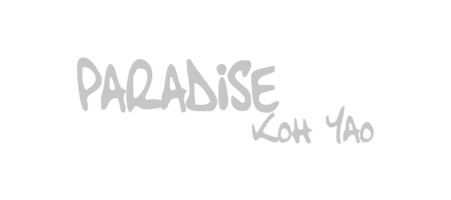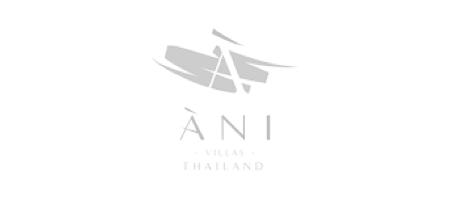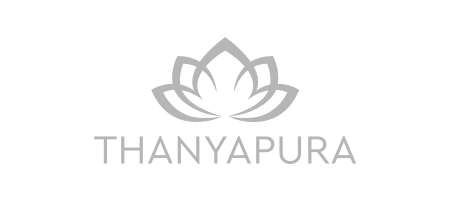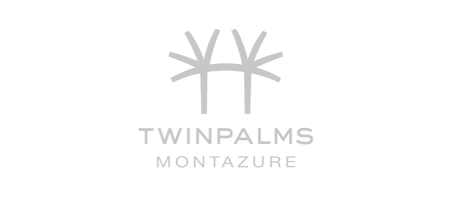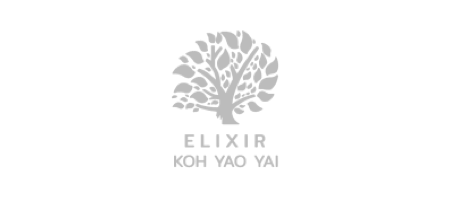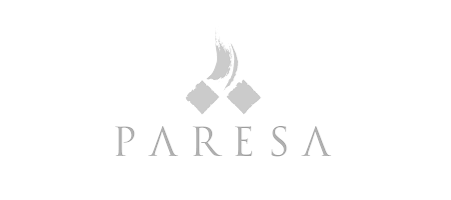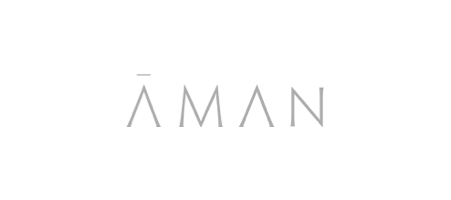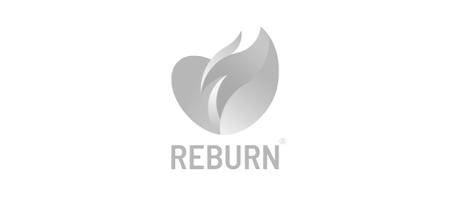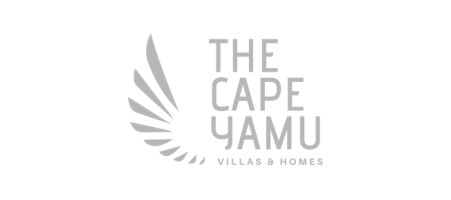Down Dog vs. Mountain poses
One of the most often performed poses in yoga, especially during Vinyasa and Ashtanga classes, is Downward Facing Dog (Adho mukha śvānāsana), while its sister pose Mountain (Parvata āsana) is found more commonly in the Hatha style of practice.
The two poses are very similar. They are commonly mixed up and therefore can be confused. However, the major differences between Mountain and Downward facing dog are:

Left: Mountain (Parvata āsana) Right: Downward facing dog (Adho mukha śvānāsana)
Reference: Yogrishi Vishvketu Yogasana: The Encyclopedia of Yoga Poses, 2015.
– Back – Mountain concentrates on forming a straight line along the length of the back, while creating an inverted V as a mountain shape. Downward Facing Dog focuses on opening the chest and reaching the head towards the floor.
– Feet – Mountain has both feet next to each other, whereas Downward Facing Dog has them a hip’s width apart. Although slightly different, both of the feet are parallel and balanced, distributing the weight equally.
Both poses start on your hands and knees in a balanced all fours position. Knees are lifted away from the floor. Hips are lifted towards the ceiling and you push backwards. Palms are placed face down on the floor, like a gecko’s feet, with all your fingers spread out to distribute the weight evenly. ‘Sticking’ means your palms do not move. For Mountain, join your feet together and extend your spine towards the floor. If the back is rounded then bend the knees slightly until the length of the spine is felt.
For Downward Facing Dog, the feet are hip-distance apart, the shoulders are rotated outwards, and the shoulder blades are squeezed together to create a broader space in the chest with the aim of touching the top of your head down to the floor. In both poses, your neck is relaxed and your head is away from the hands in order to avoid unnecessary weight on the wrists.

*Left: The shape of Mountain pose (Parvata āsana) Right: The shape of Downward Facing Dog pose (Adho mukha śvānāsana). *
– Yogi tips: understand your body to avoid misalignment –
Let us now take a closer look to better understand that we all have different and unique bodies, and realise that not everyone can mirror the same postures that appear in a yoga magazine. There are many modifications as well as variations to adopt. No matter your current level, you will benefit from the pose if the body is correctly aligned.
Many yoga students are overly worried about touching their heels down onto the floor, which can force the pose. Forcing too far or getting pushed too far can cause micro tears in muscles and weaken them. Breathe in deeply and visualize how your body functions. Observation and awareness are the key elements to help you deepen your asana practice. With yoga, you can train the mind to be aware, learn to understand and accept your own body. There is absolutely nothing wrong with having your knees bent slightly in these poses in order to adjust the length of the spine; as your comfort level increases over time you can slowly extend your legs.
Flexibility in these poses cannot be explained by tight hamstrings alone. Your entire body has a kinetic chain – each and every part is interconnected. Restricted hip mobility is another common problematic area that also causes limitations in flexion or tilting your body forward. Many risks can develop when yoga practitioners improperly use the flexion from the lumbar spine instead of the flexion of the hips when performing these poses, as excessively bending forward from lumbar spine can seriously harm the spinal disc and ligaments (disc irritation, bulging disc).
Mountain and Downward Facing Dog are spinal extension poses that certainly make you feel relaxed as they help stretch your back. In fact, they are beneficial and pleasurable for those who experience pain in the back with spinal stenosis, facet syndrome and spondylolisthesis. Remember to practise patiently and take extra care if you have pre-existing injuries or health conditions.
Downward Facing Dog and Mountain are crucial yoga poses that help to maintain a healthy lifestyle, and can be incorporated into rehabilitation programmes to assist in musculoskeletal pain relief and function.
You have now been made acquainted with similarities and differences of the two poses. As you understand them better, it is easier to physical cue your body in order to sharpen your practice and avoid injuries. Breathe. Be mindful so that yoga is always ‘helpful’ and never ‘painful’.
Featured on: Thanyapura
